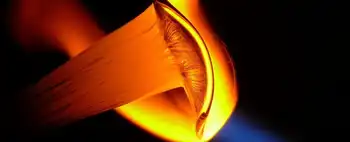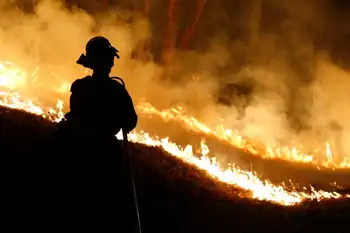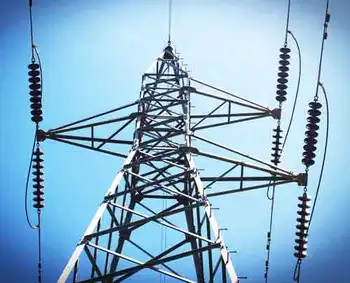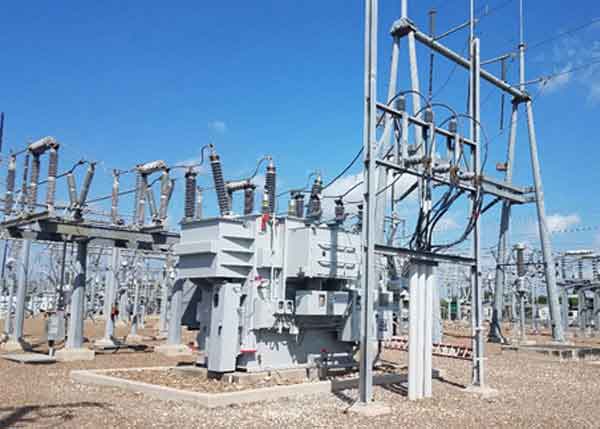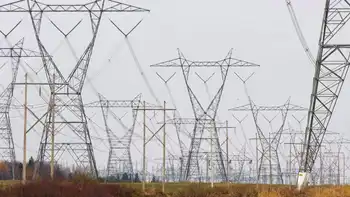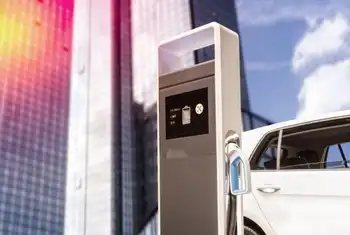Massive Blackout Could Happen in Colorado
By Denver Post
NFPA 70e Training - Arc Flash
Our customized live online or in‑person group training can be delivered to your staff at your location.

- Live Online
- 6 hours Instructor-led
- Group Training Available
While utilities employ systems to prevent widespread outages, the protective equipment can fail with catastrophic consequences.
"You never say never," said Xcel Energy spokeswoman Michelle Edwards. "The answer is it could (happen here)." About 100,000 Coloradans lost power for 3 1/2 hours on July 2, 1996, along with millions of residents in 17 western states and parts of Canada, after the failure of a regional transmission line.
But the limited power loss resulted from mechanisms designed to cut off electricity for some in order to preserve it for the majority.
"Sometimes you've got to cut off the hand in order to save the body," said Tom Gerace, a senior transmission operator with Xcel. "If we don't do that at a certain point, the whole system will go black, and then it'll be days before you get power back." Energy experts said virtually no chance exists for the eastern outage to affect Colorado or other Western states because the East and West are served by separate power grids.
Western-grid operators include large power suppliers such as Xcel, Pacific Gas and Electric, and Bonneville Power Administration.
The Western grid ends at the Colorado-Kansas border, with equipment that prevents power -- or problems -- from moving across the two grids unless system operators intentionally allow it.
But within a regional grid, disruptions to one part of the system can cascade, causing widespread outages in multiple states.
"The (regional) power grid is like a big bowl of noodles, and everybody is connected," Gerace said.
Thursday's blackout caused power loss to an estimated 50 million people from New York and eastern Canada to Michigan and Ohio.
Outages can occur from disparate causes including wind, snow, ice, wildlife, and transmission lines that become overloaded while serving power-hungry customers.
"Most major U.S. cities are stressed during hot weather," said Ben Richardson, a senior power consultant with Boulder-based Platts, an energy consulting firm.
"The existing (transmission) systems are near their limits," he said. "If they get too stressed, then Denver can go dark." Richardson said generation and transmission problems are on the rise across the nation "because nobody wants a plant or a power line in their back yard." Energy experts said that, ironically, the same regional grid system that enables utilities like Xcel Energy to share and swap power with other utilities also can cause outages to cross state boundaries and hit customers in multiple states.
Xcel officials offered this explanation for why power disruptions in one area can "cascade" to other areas: When one transmission line fails, other lines can become overloaded because customers still are drawing the same amount of power through the remaining lines.
The voltage change in the transmission lines can cause circuit breakers at power plants to trip in an effort to protect the generating turbines from irregular voltage.
As a result, the plants stop generating electricity until transmission can be rerouted to unstressed lines.
Without the protective equipment in place to temporarily shut down some generating and transmission equipment, large regions can experience power losses.
"The lesser of two evils is to have customers without power for a few hours," Xcel's Edwards said, "compared to having equipment breaking that could take much longer to repair." During the July 1996 outage in Colorado, Xcel's largest generating plant, the Pawnee station near Brush and several substations were shut down temporarily after transmission-line failures in California and Oregon caused rippling outages.
Xcel officials said Thursday that they have more than enough power generation to serve Colorado residents, in part with the recent addition of several natural-gas fired plants that can be quickly turned on during periods of high demand.
Xcel also is planning to enlarge a transmission line that carries electricity from southern Colorado to metro Denver.





